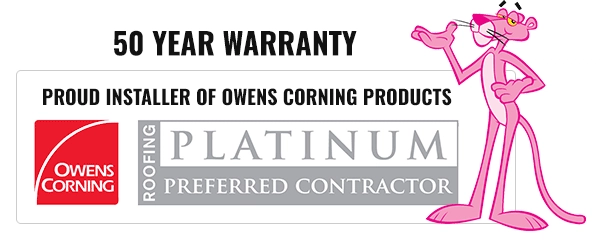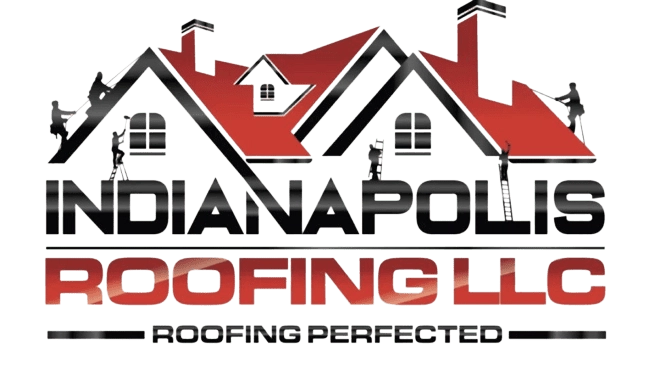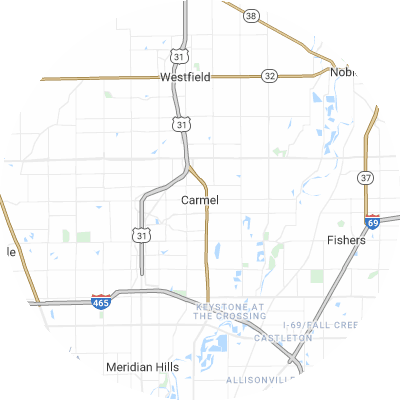Signs You May Need Gutter Guards
Gutter guards aren't always necessary, but the signs of clogged and overflowing gutters are clear. Indicators of recurring gutter troubles are:
- Frequent clogs that lead to overflow and water spilling over gutters
- Soggy ground or visible erosion around your house's foundation
- Leaky seams or joints where water leaks from the gutters
- Visibly damaged, sagging, or misaligned gutters that no longer correctly direct rainwater
- Mold growth, interior wall stains, or peeling exterior paint on walls near gutters.
How To Choose a Gutter Guard Installer
Assess Their Experience
When choosing an installation company, look for one with extensive experience and knowledge about numerous brands and guard types. A company with experience will understand how to take measurements and fit gutter guards for your specific needs. Ask about a provider's years of experience and request referrals from local customers.
Verify Proper Licensing and Insurance
When getting in touch with potential installation companies, always confirm that they are licensed, bonded, and insured with both general liability and workers compensation policies. This protects you if any injuries or accidents happen. Request current licensing and insurance papers from potential providers.
Choose Reputable Brands
Look for installers that provide leading trusted gutter guard brands such as Gutter Helmet and LeafFilter. Steer clear of companies that only offer generic no-name guards or their own off-brand products. These lesser-known products may lack rigorous testing.
Seek Custom Fit Services
For optimal performance, guards should be custom fitted on-site to fit your gutters. Pick a company that takes specific measurements and does custom cutting for guards for your home rather than using universal guards. Properly fitted guards won't have any gaps where debris can get trapped.
Examine Warranties
Top gutter guard companies are typically backed by 20-year or lifetime warranties that cover leaks, clogs, rust, and other defects. Before choosing a provider, look into its warranty terms on materials and workmanship guarantees. Warranties are the most effective way to protect your investment into your gutters.
Check Reviews and Referrals
Be sure to check online reviews on the Better Business Bureau (BBB), Google Reviews, Yelp, and other review sites to find customer feedback. Ask neighbors which companies they recommend for quality local gutter guard installation. When researching, look for providers with a history of steady positive reviews rather than just a single recommendation.
Types of Gutter Guards
There are six primary gutter guard types. These include the following:
- Foam guards are lightweight and easy to install. Debris collects on the foam instead of in your gutter. Foam guards cost around $2.46 per linear foot.
- Brush guards are just what they sound like: large brush bristles that sit in your gutters and let water through while blocking debris. Brush guards cost around $4.05 per linear foot.
- Screen guards have large holes that allow water to pass through while stopping debris. On average, you can expect to spend $4.43 per linear foot for screen guards.
- Mesh guards stop debris but let water through. Mesh guards have even smaller holes than screen guards. They're durable and encourage debris to slide off rather than sitting on top of your gutters. Mesh guards cost around $4.16 per linear foot.
- Micro-mesh guards have even smaller holes than mesh guards, allowing even less debris through than mesh. These types of guards are extremely effective. Micro-mesh guards cost roughly $5.24 per linear foot.
- Surface tension guards, also called reverse curve guards, use surface tension to allow water to flow into your gutters while debris slides off. Generally, they are visible from the ground. Surface tension guards cost roughly $3.25 per linear foot.













